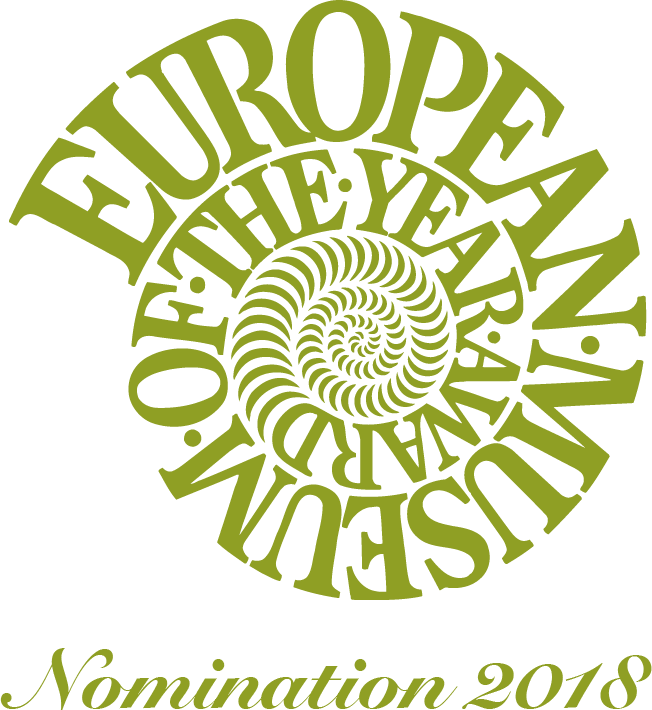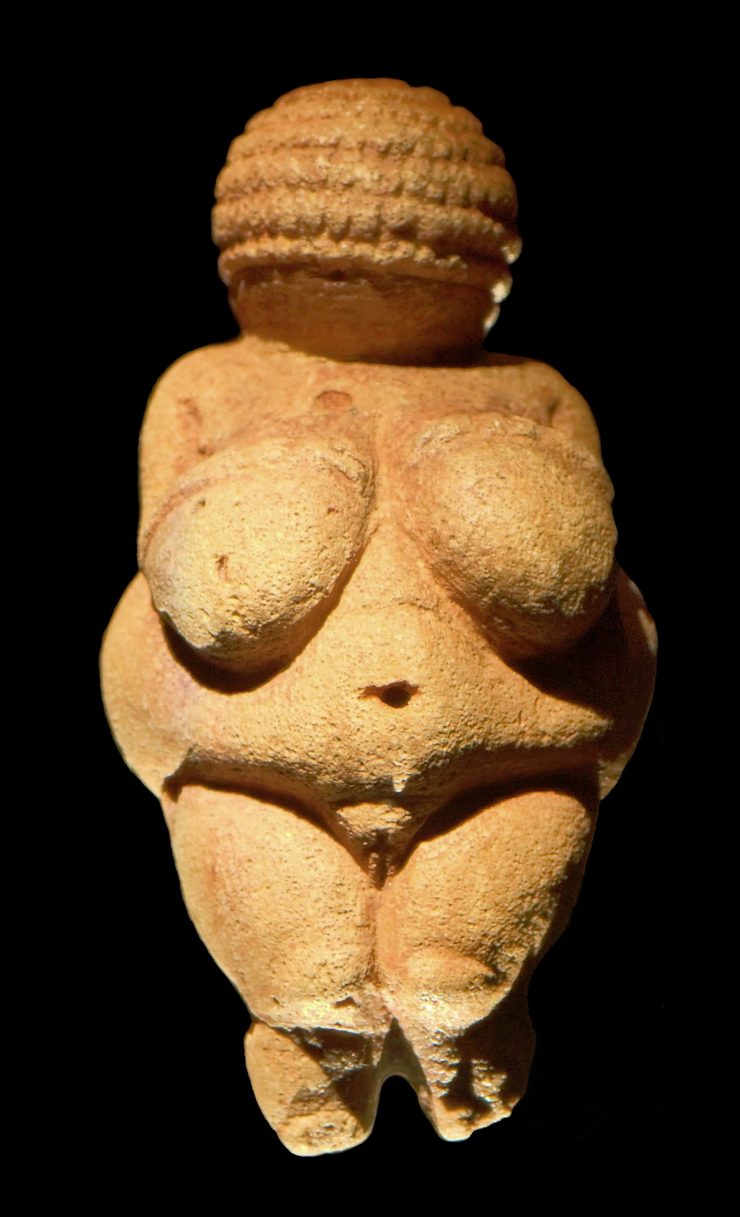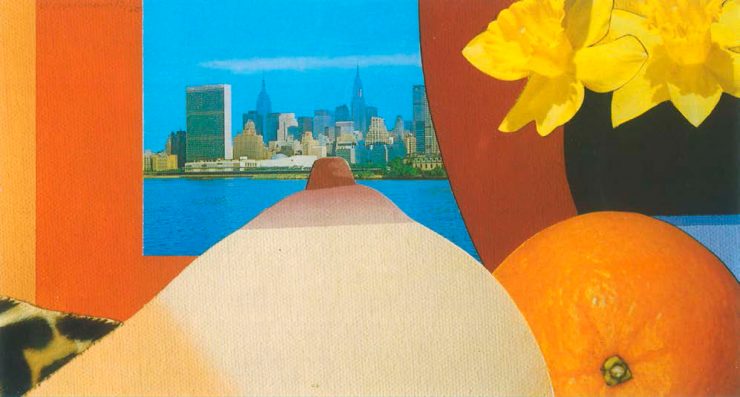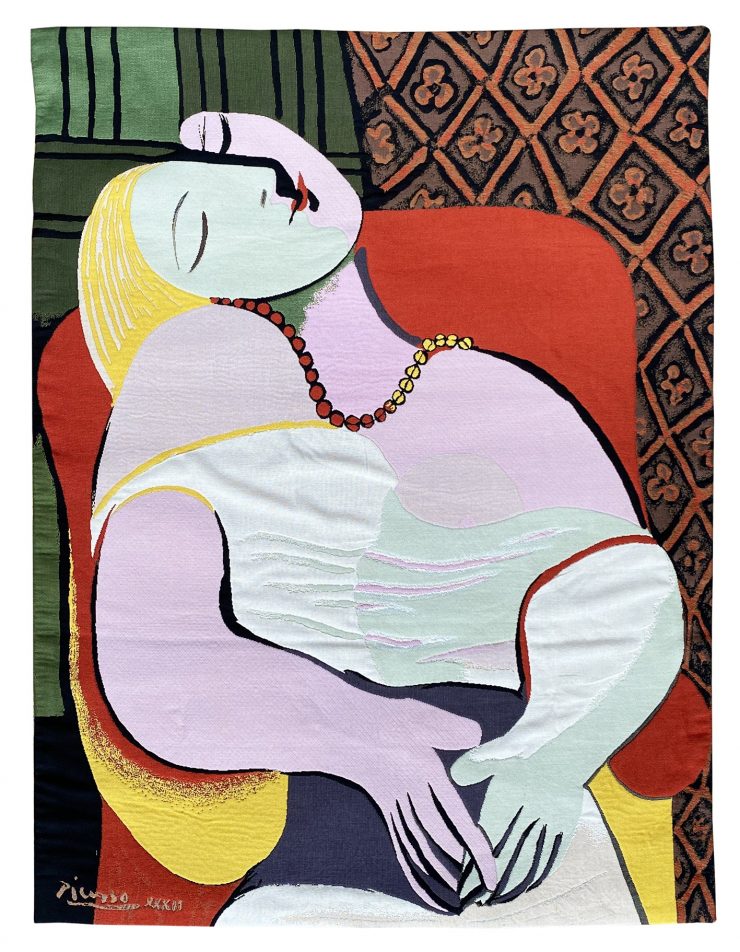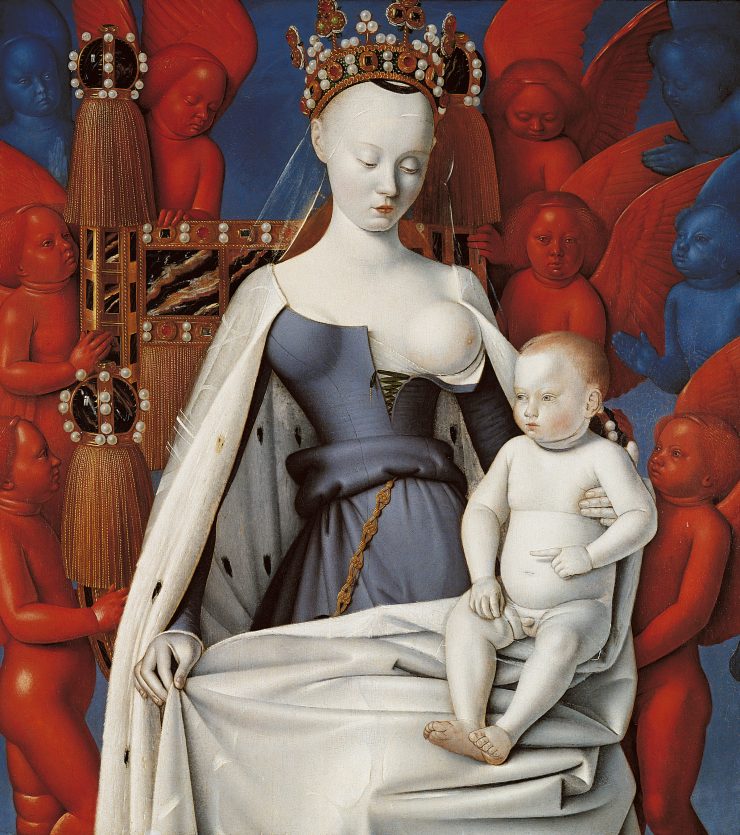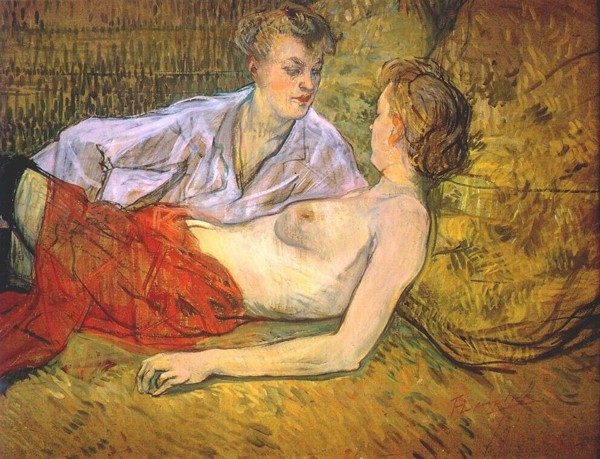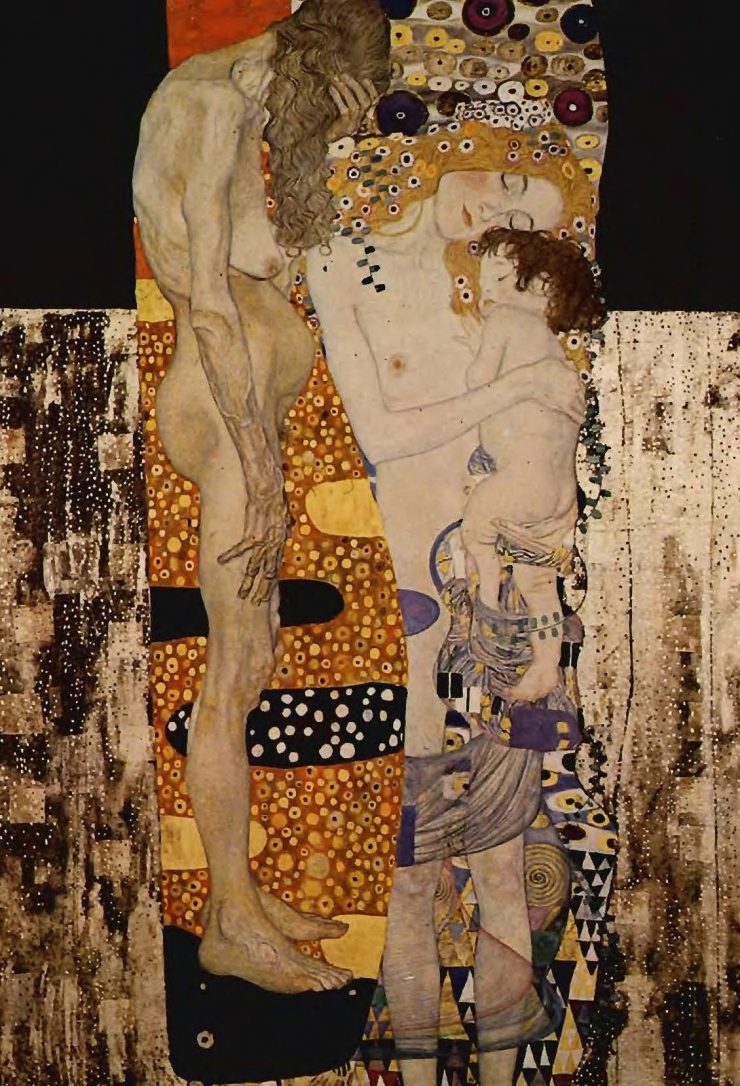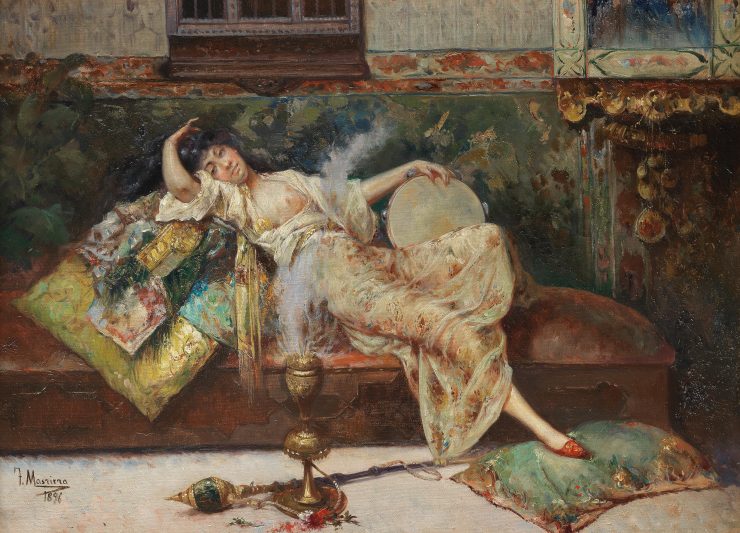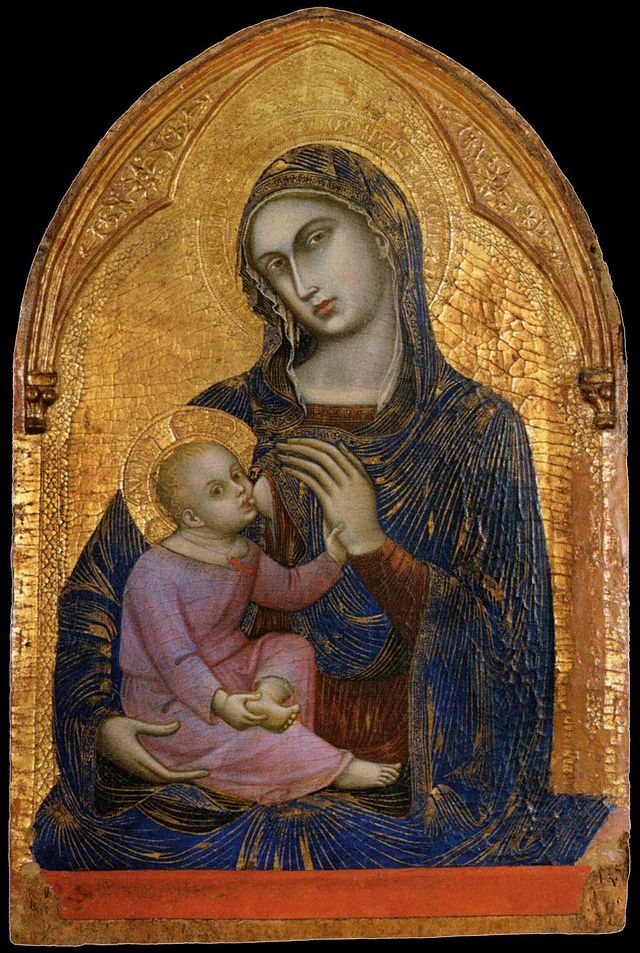The representation of women and their anatomy in the arts is the result of profound inspirations. Embodying elegance, desire, subversion or even admiration, her image takes on rich and eclectic meanings, making this subject of research certainly one of the broadest and most complex issues for art historians to synthesize. Let us focus on a very concrete part of the female body, the breast, which also carries many symbols.
The first of these is, without a doubt, that of motherhood. As early as prehistoric times, there are numerous figures representing naked female figures, with rounded shapes and prominent breasts. Known as “Venus”, it is still difficult today to affirm their usefulness with any certainty. Nevertheless, most research leads the scientific community to say that they are protective representations as well as fertility goddesses intended to protect mothers and future mothers.
In conjunction with motherhood, the nurturing function of the breast will also be widely represented. Whether in ancient Egypt, thanks to the representations of Isis feeding Horus, or in Ancient Greece, there are numerous representations of breastfeeding. Throughout the Middle Ages and the Renaissance, this act was taken up by Christian iconography, which reproduced the famous Virgo lactans, or Virgin of Milk. The breast, which refers to a biological and natural act, will remain intimately linked to the nourishing and protective connotation of the woman, as shown by the numerous representations of the twentieth century, which illustrate mothers who, like a vital need, are one with their little one. Moreover, the mother’s breast is also a sign of health. Magical powers were attributed to it. Touching a woman’s breast could cure diseases and bring fertility.
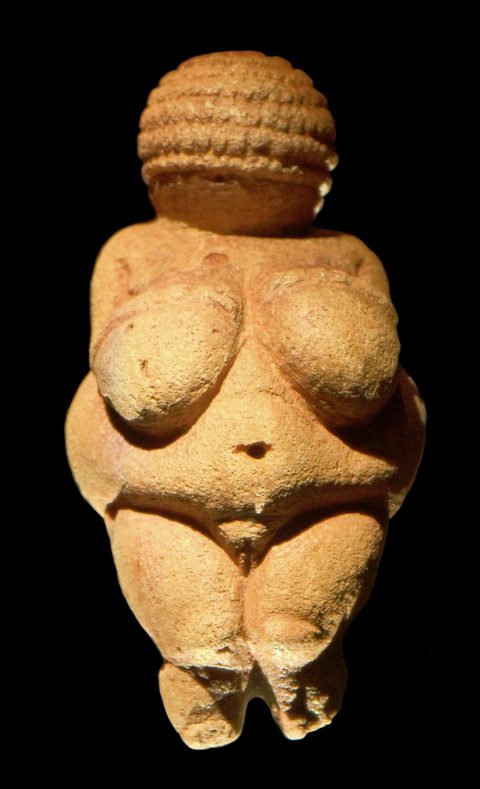
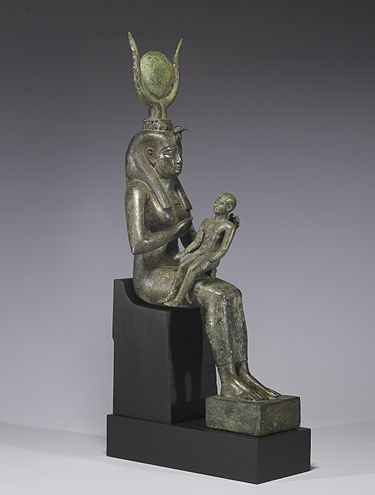
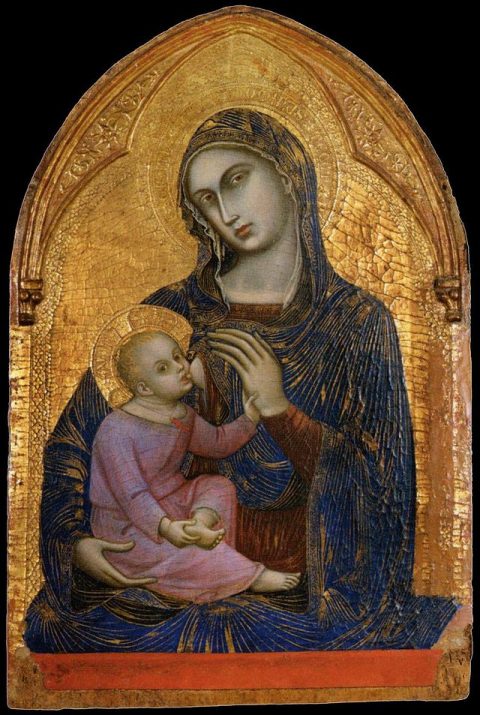
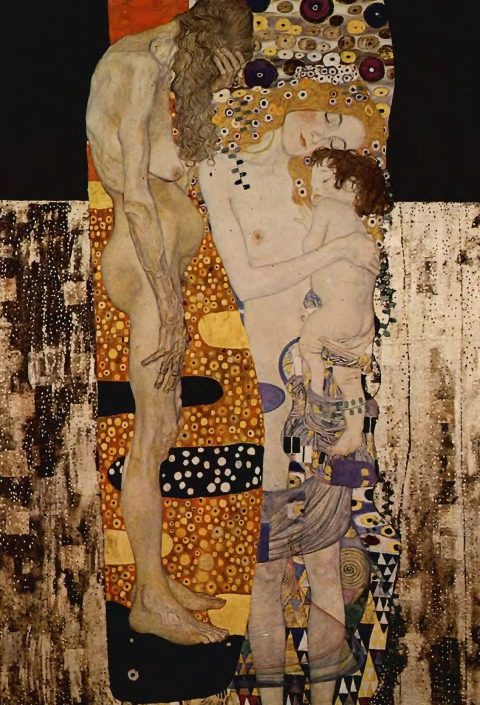
Alongside motherhood, the erotic aspect also plays an important role. As a symbol of femininity, it was mainly from the Renaissance onwards that this part of the female anatomy became sexualised. With the work of Jean Fouquet, The Virgin of Melun, painted between 1452 and 1458, the nude becomes impertinent, provocative and a source of desire. The Virgin is represented here by Agnès Sorel, who was considered the most beautiful woman in the French kingdom during her lifetime and the first official mistress of King Charles VII. One question remains: how could Fouquet have executed this work, which borders on blasphemy? Between opposition and fascination, the Virgin shows no tender or maternal gesture for the child sitting on her lap and offers her left breast to the visitor’s view, impudent. Depicted in a cold and impartial manner, the public quickly understands that this representation is not intended to illustrate the moment of intimacy between a woman and her child.
A few years later, with the rediscovery of the ancient world and its aesthetic canons, the sexualisation of the figures was accentuated. However, far from representing real women, this dimension was mainly applied to mythological figures and allegories. In other words, female figures who do not physically exist, but who illustrate concepts or legends. Elisabeth Vigée-Lebrun, the royal portraitist of the 18th century, left numerous representations of Justice, Peace, Abundance and Venus, all of which are characterised by their beauty and nudity. This eroticism was then directed towards Odalisques, harems and orientalist baths, representations that were very popular throughout the 19th century. This fantasy of the elusive will come to an end with the avant-gardes who, through the desire to break with the established aesthetic canons, begin to illustrate the everyday life of real women. Henri de Toulouse-Lautrec painted young women in Parisian brothels and Picasso depicted the women who shared his life. Eroticism now belonged to intimacy, which, through the artist’s hand, was revealed to the public. A few years later, artists such as Tom Wesselman would support the sexual revolution of the 1960s by exhibiting sensual and suggestive bodies. The American artist generated new ways of inciting public fascination by exposing, without complex, the pubis and breasts of women, or more precisely, of his wife Claire Selley.
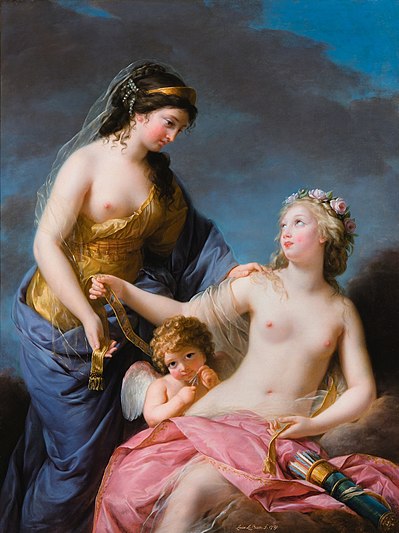
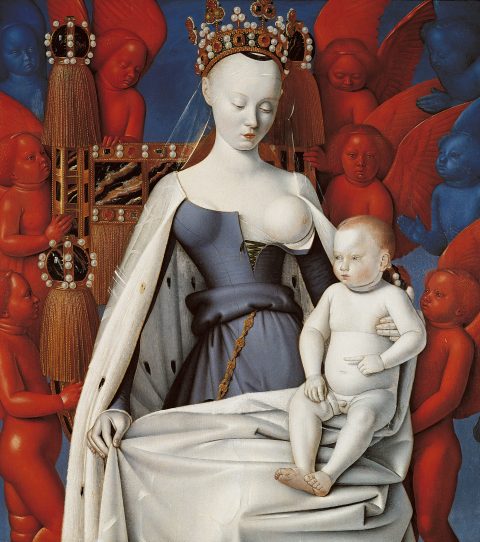
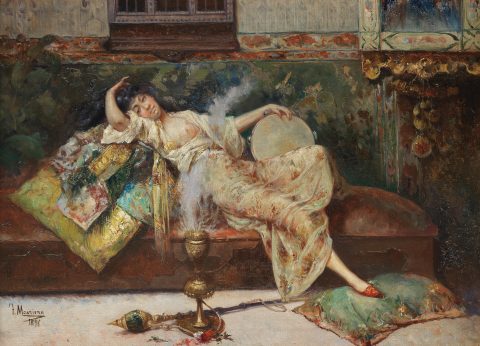
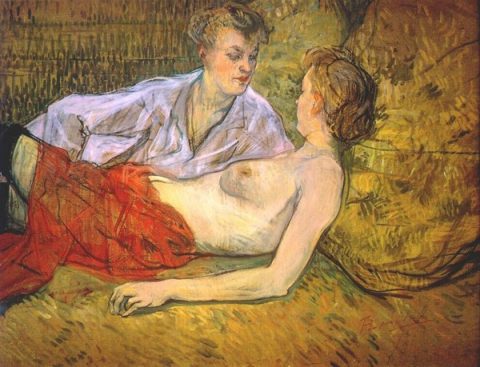
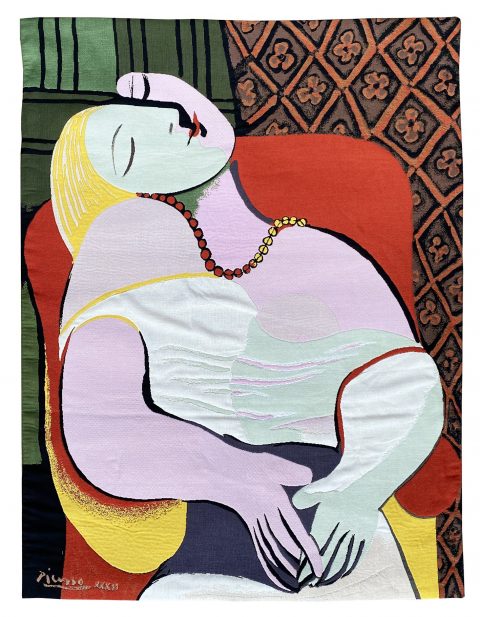
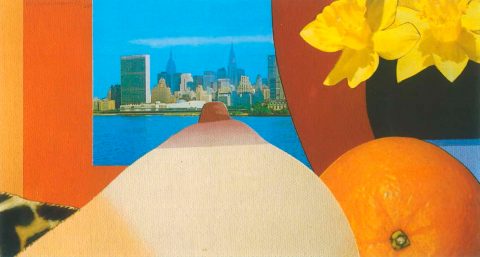
The breast is, finally, a political symbol. It was in 1831 that the public discovered Eugène Delacroix’s Liberty Guiding the People. This work, now iconic, illustrates Liberty wearing a Phrygian cap and with an undressed chest, proudly brandishing the tricolour flag. Through her revolutionary lyricism, she unites the people and opens the way to freedom. This image was widely taken up by women to express their desire for emancipation and equality. The feminist movement known as Femen is famous for its demonstrations carried out with bare torsos and protest slogans written in large black letters. These gatherings began in 2011 in Ukraine and aim to denounce violence, prostitution, machismo, and harassment. Several contemporary artists have taken inspiration from the Femen, such as Justice Coquidé who, in the work Marble Femen, illustrates her commitment to women’s rights through a collage evoking the Femen. The work, which represents an antique female bust, displays fragments of magazines illustrating the social pressure to which women are subjected. The naked body, revealing a breast, is covered with messages including “I am free” and finally the cigarette, which was a symbol of female rebellion in the 20th century.
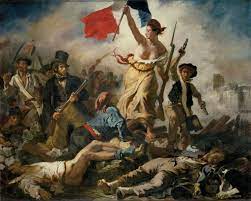
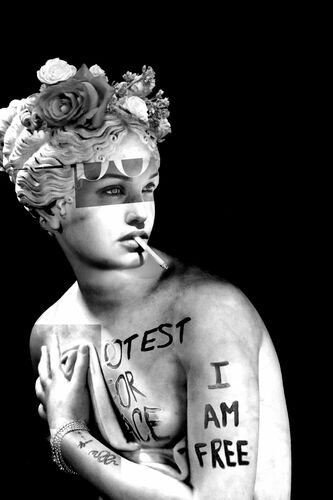
Although the 21st century claims to be free and egalitarian, the issue of women’s bodies is still being debated today. This is particularly the case with the #FreetheNipple struggle, which began in 2013, and which campaigns against the ban on topless photos on social networks. Indeed, women are now fighting to desexualise this part of the body, just like men. Moreover, the controversy is also turning to the wearing of bras, which allow a woman’s nipples to be hidden under her clothes.
As an erotic object or a symbol of maternity, censored or exhibited, the breast is a part of the female body that has been represented in a thousand ways throughout the history of art. A true emblem of femininity, it is still a source of debate today, oscillating between rejection and fascination.
DID YOU KNOW:
– 80% of nudes in painting are of women.
– In Venice in the 16th century, women made up the tips of their breasts in vermilion red to combat male homosexuality.

